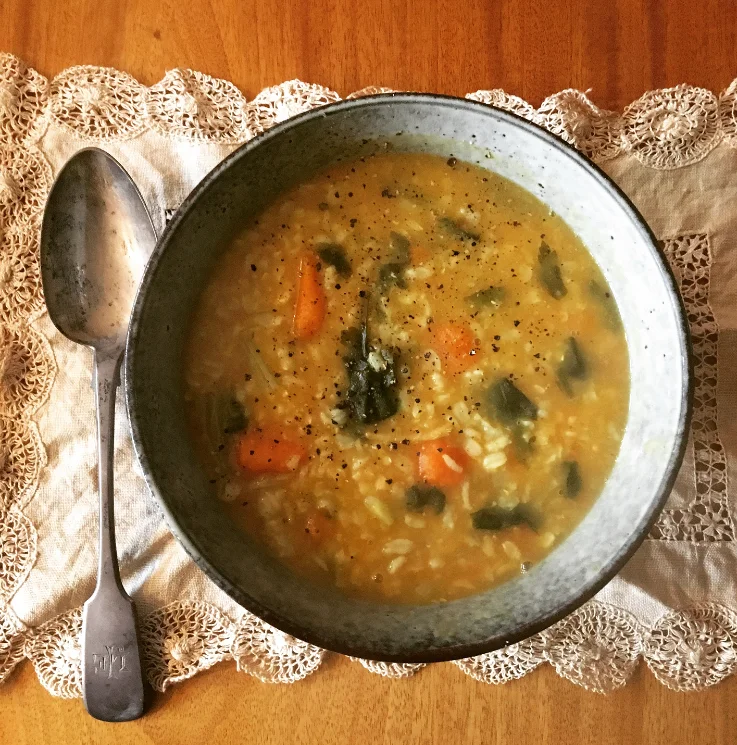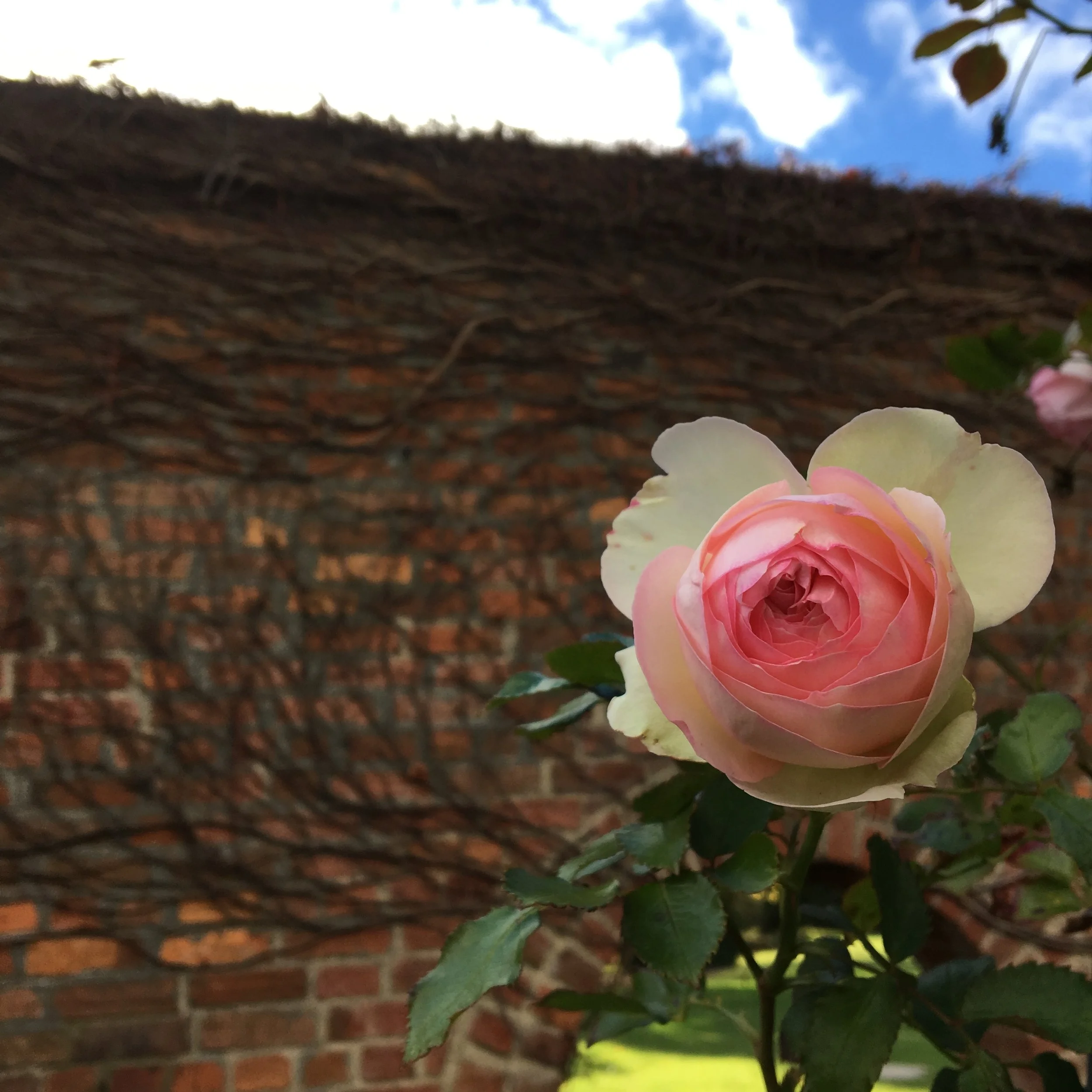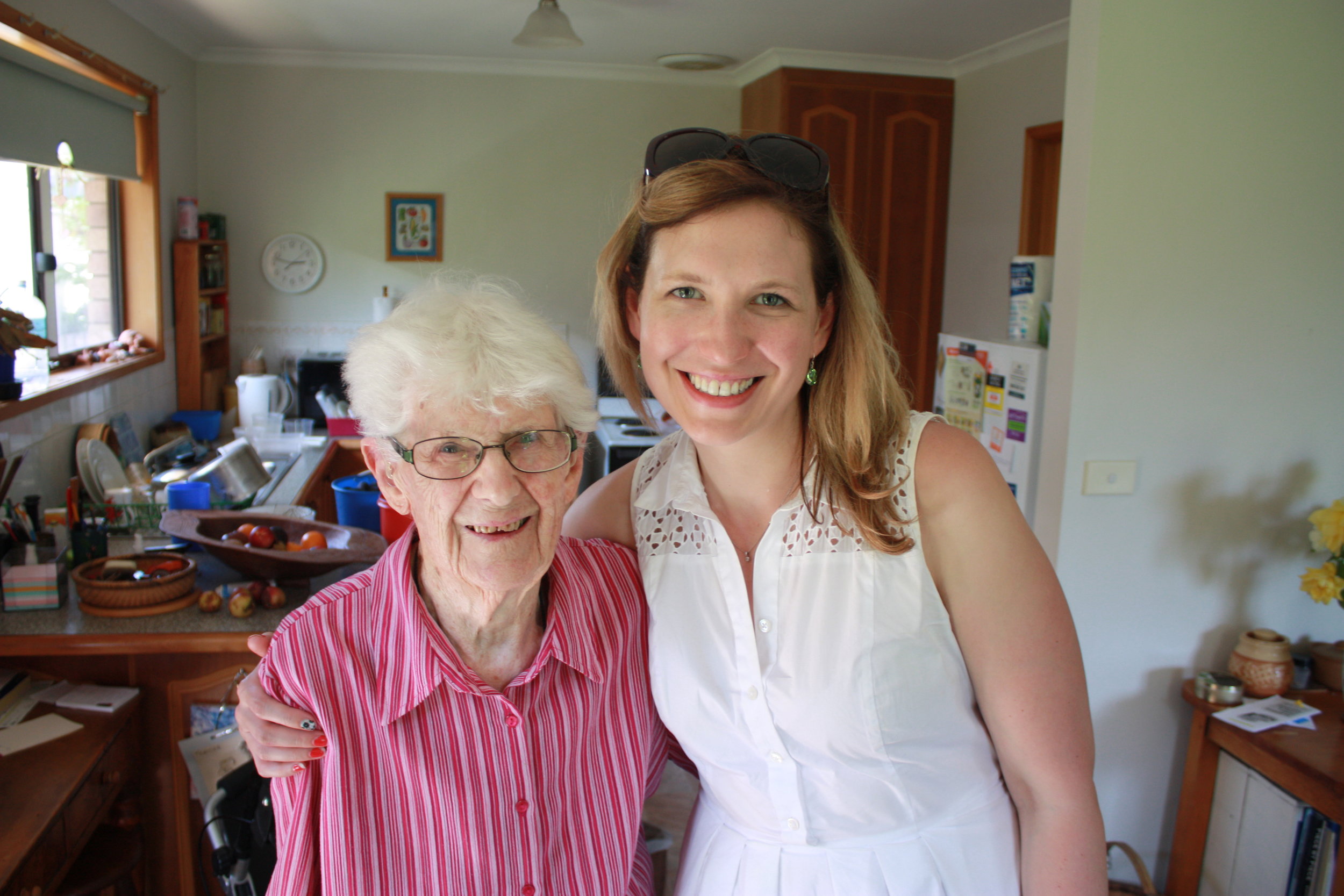I’m writing this with my thickest sweater on, wrapped in a dressing gown and wearing fingerless gloves to type. Am I in London? No, I’m in Hobart, as the last days of autumn have begun to blur into winter.
Tom and I have just moved to a house on the fringe of the city - a house built between the wars, so roughly 100 years old, with lots of original features but not the most modern heating. It will be trial and error to see how we go keeping warm in this place over the winter! The one thing UK winters have going for them is the pretty standard central heating of homes and offices. I had forgotten how airy houses in Australia are - because they have to be, otherwise you would suffocate in the warmer weather! So the upside is that, in theory, this house will be a haven of coolness in the summer.
Back to soup. It’s all I want to eat at the moment, something warm and nourishing. I saw an ad for Australian sweet potatoes on Instagram with an interesting sounding soup, and as I had one in the fridge to use up, I glanced at my pantry shelves and recreated what I saw in the image. Thick and hearty, and full of goodness, it was just what we wanted on a four degree evening, alongside some toasted sourdough from Imago, my new favourite local bakery.
Hearty sweet potato and brown rice soup
1 onion, finely chopped
3 cloves garlic, crushed or chopped finely
1 medium piece of fresh ginger, crushed or chopped finely
1 large sweet potato, peeled and cubed
3 large stalks silverbeet (chard), chopped
3 stalks celery (including leaves), chopped
1 tablespoon of your favourite curry powder (more if you like it spicy)
1 teaspoon cayenne pepper or chilli flakes
1 cup red lentils
1 cup brown rice
2 litres vegetable stock (you may need more as the soup cooks and thickens)
1 can coconut milk
Spinach and parsley, as much as you want, to stir in at the end
Lemon juice, to taste, to stir in at the end
Coriander pesto, to serve (optional)
Drizzle a little olive or coconut oil in a large stockpot and place on medium heat. Add the onion, garlic and ginger and cook for a few minutes until softened and fragrant. Add the vegetables, curry powder and cayenne pepper and stir to get everything coated and cook for a few minutes until fragrant. Add some water if it starts catching or browning too quickly.
Add the lentils and brown rice, stirring so they are distributed evenly. Then add the stock and coconut milk, and a bit of salt and pepper to taste. Make sure everything is fully covered with liquid to spare, add more stock if you need to (or just rinse out the coconut milk can with water, I usually do). Bring to the boil, then reduce the heat to a simmer, place the lid on top and cook for about 30 minutes, or until the rice and lentils are cooked. You might need to add some more stock at this stage if you prefer your soup “soupier”!
Once you’re happy the rice and lentils are cooked (and the sweet potato of course, but if the grains are cooked then the vegetables will be too!), add some spinach and parsley to finish, and some fresh lemon juice. Stir well to wilt the greens and distribute the fresh flavour of the lemon. Taste and add salt and pepper if liked.
Ladle into bowls and serve either as is or with a dollop of delicious coriander pesto (I buy mine from Hill Street Grocer - it’s one of my many food obsessions) and some toasted sourdough or pitta bread alongside.
Just the thing to get you through the wintry nights!






